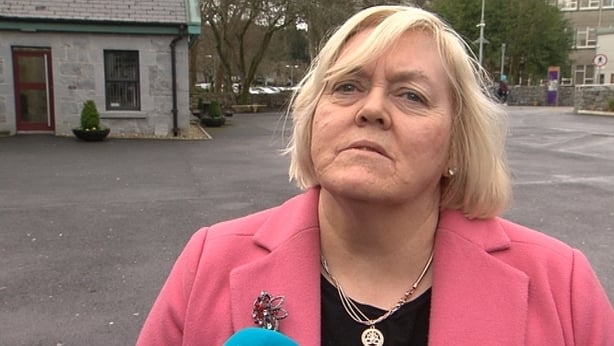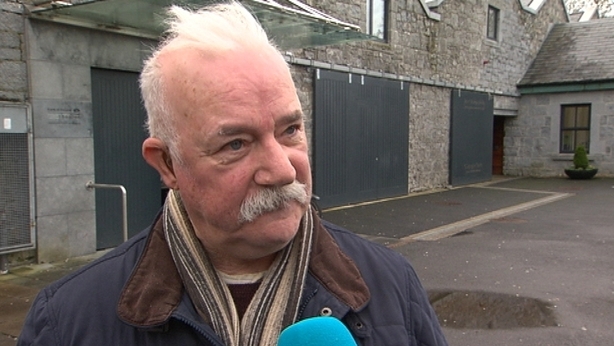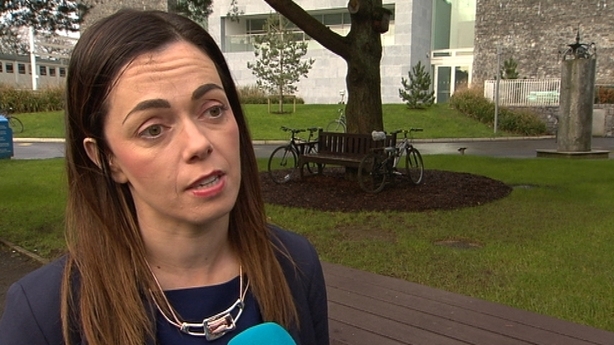The testimonies of people who spent time in the mother-and-baby-home in Tuam are to be recorded and archived as part of a new initiative.
A number of those who were born or lived in the home travelled to Galway today for the launch of the oral history project.
It is being overseen by the History Department at NUI Galway and will involve a number of interviews with each of those taking part.
As well as people with a direct experience of life in the mother-and-baby-home, researchers are also keen to speak to surviving relatives and locals in Tuam who may have memories of the home, which operated between the late 1920s and early 1960s.
The project is being launched as the Mother and Baby Homes Commission of Investigation continues its work.
A more extensive excavation of a burial site on the land where the Tuam home was located is due to get underway in the coming months.
In 2017, the commission confirmed that preliminary examinations had uncovered "significant quantities of human remains" dating from the time in which the Bon Secours Sisters ran the home.
A number of people who were born in, or spent their early years in the Tuam facility, have been sharing their experiences today.
Teresa O'Sullivan said she was born in the home before being adopted by a family in west Cork in the 1950s.
When she was reunited with her biological mother in 1990, she heard how her efforts to be reunited with her daughter were rebuffed by the nuns.
They told her that she had made a mess of her life and would not be permitted to do the same to her daughter.

She said the oral history project was a means of "validating" the lives of those who had spent time in Tuam.
She said many of them felt like they were "almost good enough but not quite good enough" as a result of their experiences and the way they were treated.
Talking about their lives and having their stories heard helped to shake a stigma which many have felt for decades, she added.
The sense of release was echoed by Pat Duffy, from Killimor, Co Galway.
He spoke of the relief he has found in recent years, after public attention was focused on the practices at the mother-and-baby-home.
He said this had allowed him to tell his story for the first time in 60 years.

Mr Duffy was sent to Tuam at three months of age, after his mother died during childbirth. He remained there until he was six.
He said he could still recall the terror and fear he felt and recounted how, on one occasion, he had been made to eat his dinner from the floor, after another resident knocked his plate from the table.
Dr Sarah-Anne Buckley, from NUI Galway, said the project would be conducted with the full participation of survivors at all stages.
They will have the final say on whether their testimonies can be made public and will also be invited to take part in a follow on art project to commemorate and mark their experiences.

Dr Buckley said international experience had shown the benefit of such initiatives in remembering the past and ensuring future generations were fully aware of the implications of the actions of Catholic Church and State agencies during the 20th century.
It is anticipated the 'Archiving Personal Histories' project will take three years to complete.
Special Report: Inside the Tuam Mother and Baby Home

